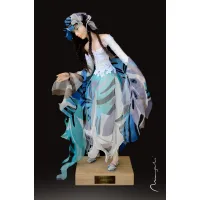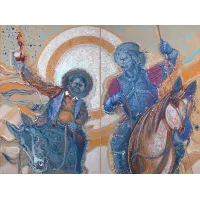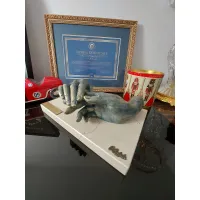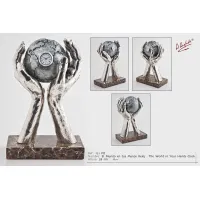Antique silver matchbox Birmingham 1920/21
Stylish antique furniture and accessories
SKU: ANT-1830
See other products from category Antiques and art or from manufacturer Antyki
Description
Antique, silver match holder Birmingham 1920-21. A pocket-sized matchbox made of 925 silver, richly decorated with scroll engravings and phytomorphic motifs, featuring a tableau with the initials "P S". It bears the Birmingham city marks from 1920/21 and weighs 20 g. Excellent condition. Equipped with a snap lid and a striker strip on the bottom.
The history of matchboxes, this collectible smoking accessory, begins with the "brilliant intuition" of Englishman John Walker, who invented the match in 1840; the idea was immediate to collect these fires into a case to have it handy to light a pipe or cigar in the club. No gentleman left home without this essential accessory in his waistcoat.
So significant that it also influenced fashion; tailors of the time began designing and creating men's suits with a special pocket inside the jacket for the matchbox. An incredible variety of models was born, which followed each other frantically from the second half of the 19th century to the 1920s when they were replaced by mechanical lighters. They were equipped with a snap lid and a striker strip and made from a wide range of materials. Those made of gold and silver had a hallmark that allows us to determine the production period today. The greatest refinement was engraving your initials.
The matchbox was then perceived as a very important advertising tool. Thus, it was immediately taken over by the Universal Exhibitions, all the rage at the turn of the century, as well as by companies producing alcohol, champagne, and beer, which printed their logos on them.
Elegant antique furniture and accessories can be an excellent idea for decorating our interiors. Nowadays, there are more and more enthusiasts of high-quality old products that have a specific character and soul. It's a nod to the history, creation, and design of classic and timeless furniture. There are many different styles in antique furniture, each with its distinctive features.
There are many different styles characterizing antique furniture, but we can distinguish a few of the most important ones. Eclectic furniture belongs to the 19th century, which is dominated by the biedermeier style. Its variations in the early years of this century include neo-Gothic, Gothic, Rococo, Louis Philippe, and finally the English Victorian style. By the end of the century, these styles transitioned into pseudo-styles of classicism, Renaissance, and Baroque.
Empire-style furniture and accessories span the period between the end of the 18th and the beginning of the 19th century. This was influenced by Napoleon's reign, which imposed significant similarities and references to Roman and Greek decorations.
Classicist furniture is in the Louis XVI style, which also strongly references ancient architecture. Interesting and noteworthy are all antique products in the Rococo and Louis XV styles. Next is Baroque, whose name comes from the Portuguese barocco—meaning an irregularly developed pearl. These were very representative pieces of furniture, meant to literally ooze splendor and play a significant role in luxury. Exceptional, selectively used materials were employed to further emphasize the lofty tone of these products.
Today, we can observe how much influence the Baroque style had on today's classic furniture, which is designed with great similarity to the past era. Another significant style is the Renaissance, which flourished in the 15th and 16th centuries and also left a significant mark on the art of furniture making. Renaissance style was quite heavy and massive. Brown stains were used, as well as cornices, strong plinths, and bas-reliefs. It can certainly be said that these were quite specific products, but they offered many new possibilities, such as the construction of sideboards or generally broadly understood chest furniture. Here, too, there was an interest in mythology and ancient times, so supports or legs took on animal forms.
Lion's paws, eagle's heads – these are common features in Renaissance style. Currently, many global brands are recreating such furniture, taking inspiration from Italian and French creators. This is a sign of admiration and care for the history of the most beautiful Renaissance antiques. It is important to remember that each country had a different perception of furniture making, so each style in a given country had its own distinct character. This is very important, especially when searching for the right exclusive antique for your interior. The most important aspect of elite antique furniture is originality. This is ultimately crucial from the buyer's perspective, as there are many counterfeits on the market. Luxury Products provides a document confirming the product's compliance with the actual description and photo. At your disposal, we have art appraisers, historians, and experts from around the world.
Attributes / Details
| SKU | ANT-1830 |
| Manufacturer | Antyki |
| Model | 1830 |
| Material | 925 silver |
| Size | Height: 4 cm Width: 3.6 cm Depth: 0.8 cm |
| Wiek | XX |
| Rok | 1920 |
| Destiny | Universal |
See catalog
Reviews
No reviews for this product.














